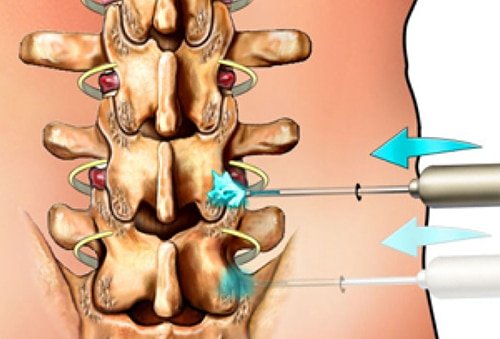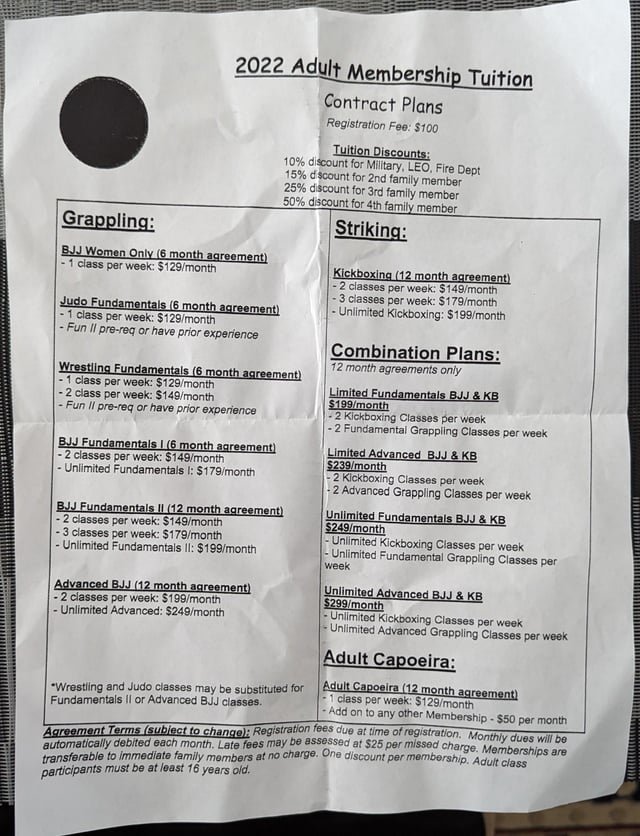How many times can you have a rhizotomy? The answer depends on various factors such as the severity of your condition, the success of previous procedures, and your doctor’s recommendation. Typically, individuals may undergo rhizotomy multiple times if needed to manage chronic pain effectively. As advancements in medical technology continue to evolve, the possibility of repeating rhizotomy procedures may offer long-term relief for those suffering from specific pain conditions. Understanding the frequency and benefits of multiple rhizotomies can help individuals make informed decisions about their pain management journey.
How Many Times Can You Have a Rhizotomy: Understanding the Procedure and Its Relevance
In the realm of pain management, rhizotomy is a procedure that holds immense importance for those suffering from chronic pain conditions. But have you ever wondered how many times a person can undergo a rhizotomy? Let’s delve into this topic to gain a comprehensive understanding of the procedure, its benefits, and limitations.
The Basics of Rhizotomy
Rhizotomy, also known as radiofrequency ablation, is a minimally invasive procedure used to treat chronic pain conditions such as arthritis, spinal arthritis, or facet joint pain. During a rhizotomy, a specialized doctor known as an interventional pain specialist uses radiofrequency waves to target and ablate specific nerves responsible for transmitting pain signals to the brain.
How Does Rhizotomy Work?
To perform a rhizotomy, the doctor first identifies the exact nerves causing the pain using imaging techniques such as fluoroscopy. Once the target nerves are located, the doctor numbs the area and inserts a small needle with an electrode to deliver radiofrequency waves. These waves create a lesion on the nerve, disrupting its ability to transmit pain signals.
The Frequency of Rhizotomy Procedures
Now, let’s address the crucial question: how many times can someone undergo a rhizotomy procedure?
Initial Rhizotomy Treatment
In most cases, patients undergo an initial rhizotomy treatment to target the affected nerves and provide relief from chronic pain. This initial procedure aims to disrupt the pain signals effectively and improve the patient’s quality of life.
Optimal Duration of Pain Relief
After the first rhizotomy treatment, patients typically experience a significant reduction in pain for an extended period. The duration of pain relief can vary from individual to individual, ranging from several months to a year or more.
Need for Repeat Rhizotomy
Over time, the effects of a rhizotomy procedure may gradually diminish as the nerves regenerate or the pain condition worsens. In such cases, patients may require a repeat rhizotomy to maintain pain relief and manage their chronic condition effectively.
Factors Influencing Repeat Rhizotomy
Several factors can influence the necessity and frequency of repeat rhizotomy procedures for an individual.
Regenerative Capacity of Nerves
The regenerative capacity of nerves plays a significant role in determining how soon a patient may require a repeat rhizotomy. Some individuals may experience nerve regrowth faster than others, leading to the recurrence of pain symptoms.
Progression of Underlying Condition
The progression of the underlying pain condition is another critical factor to consider. If the condition worsens or additional nerves become affected, a repeat rhizotomy may be necessary to address the evolving pain symptoms.
Individual Response to Treatment
Each patient’s response to the initial rhizotomy treatment can vary. While some individuals may experience long-lasting pain relief, others may require repeat procedures sooner due to the nature of their condition and individual response to treatment.
Consulting with a Pain Specialist
If you are considering a rhizotomy procedure or have previously undergone one, it is essential to consult with an experienced pain specialist to discuss your treatment options and the potential need for repeat procedures.
Regular Follow-Up and Monitoring
Regular follow-up appointments with your pain specialist can help assess the effectiveness of the initial rhizotomy treatment and determine the appropriate timing for any repeat procedures. Monitoring your pain symptoms and discussing any changes with your doctor is key to ensuring optimal pain management.
Exploring Alternative Treatments
In some cases, alternative treatments or complementary therapies may be recommended to supplement the effects of rhizotomy and extend the duration of pain relief between procedures. Your pain specialist can provide guidance on these additional treatment options.
In conclusion, the frequency of rhizotomy procedures can vary depending on individual factors such as nerve regrowth, condition progression, and treatment response. While repeat rhizotomy procedures may be necessary for some patients to maintain pain relief, proper consultation with a pain specialist and regular monitoring of your condition are crucial for effective pain management.
Remember, the goal of rhizotomy is to improve your quality of life and manage chronic pain effectively. By staying informed and working closely with your healthcare provider, you can make informed decisions about your treatment plan and maximize the benefits of rhizotomy for long-term pain relief.
What to Expect from Radiofrequency Ablation at Penn Medicine
Frequently Asked Questions
How many times can you undergo a rhizotomy procedure?
A patient can undergo a rhizotomy procedure multiple times if needed. The decision to recommend a repeat rhizotomy is usually based on the patient’s individual condition, symptoms, and response to previous treatments. It is best to consult with your doctor to determine the most appropriate course of action.
Is there a limit to the number of rhizotomy procedures one can have?
There is no set limit to the number of rhizotomy procedures a patient can have. The frequency of the procedure will depend on the patient’s condition, pain levels, and overall health. It is important to have open communication with your healthcare provider to assess the need for additional treatments.
What factors influence the decision to have multiple rhizotomy treatments?
The decision to undergo multiple rhizotomy treatments is usually influenced by factors such as the severity of the pain, the effectiveness of previous procedures, the progression of the underlying condition, and the patient’s overall health. Your healthcare provider will assess these factors to determine the necessity and timing of additional treatments.
Final Thoughts
In conclusion, the frequency of rhizotomy procedures depends on individual needs and response to treatment. It is possible to have multiple rhizotomies if necessary. However, the decision should be made in consultation with a medical professional. Understanding how many times you can have a rhizotomy is crucial for managing chronic pain effectively. Always prioritize your well-being and work closely with your healthcare team to determine the best course of action.




